
Gurmeet Kanwal

Showing all 9 books

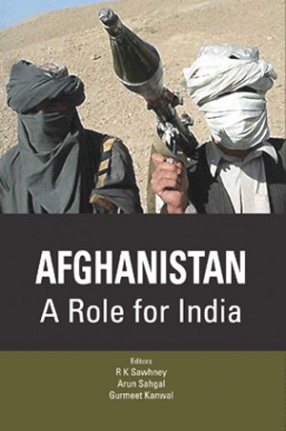
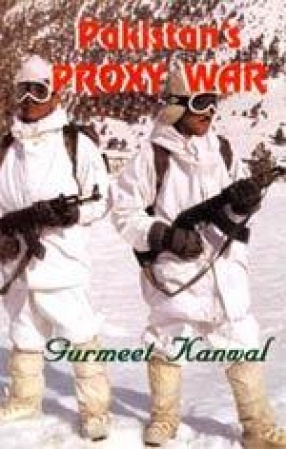
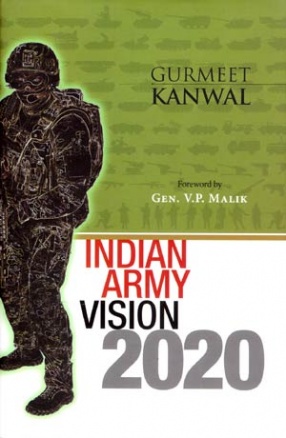

Despite being faced with myriad and complex challenges to national security, India’s defence structures have not kept pace with changing times. The defence reforms that were undertaken periodically were reactive in nature and, in many cases, responses to crises as well as being sporadic, piecemeal and often ad hoc. The most recent review of security challenges undertaken occurred close to two decades ago, in the aftermath of the Kargil conflict of 1999. ...
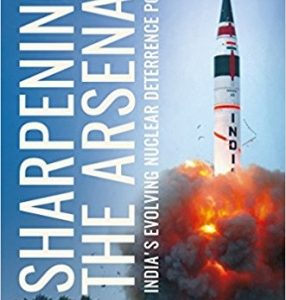
Speaking in Delhi in November 2016, Manohar Parrikar, India’s then Defence Minister, said there should be an element of unpredictability in the country’s military strategy. He wondered whether India’s nuclear doctrine should be constrained by a ‘no-first-use’ posture. The essence of the defence minister’s introspection was that ambiguity enhances deterrence. This view has been expressed by several nuclear strategists. Nuclear ...
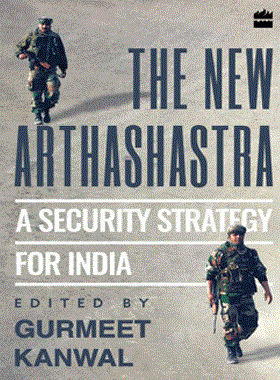
For a country that has fought five wars and is hemmed in by nuclear-armed states, India surprisingly does not have a formally declared national security strategy. All the major powers of the world publish documents that spell out their national interests, identify their threats ‘political, economic, diplomatic or with regard to security’ and draw up policies to deal with them.
The absence of a similar doctrine makes India’s defence policy look ...
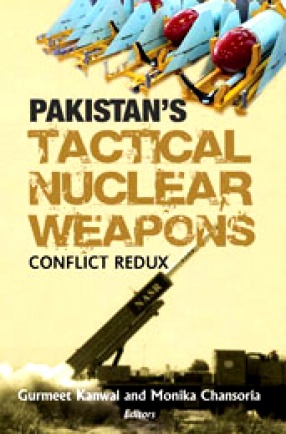
Tactical nuclear weapons (TNWs), often referred to as "battlefield", "sub-strategic", or "non-strategic" nuclear weapons, usually have a plutonium core and are typically distinct from strategic nuclear weapons. Therefore, they warrant a separate consideration in the realm of nuclear security. The yield of such weapons is generally lower than that of strategic nuclear weapons and may range from the relatively low 0.1 kiloton to a few ...
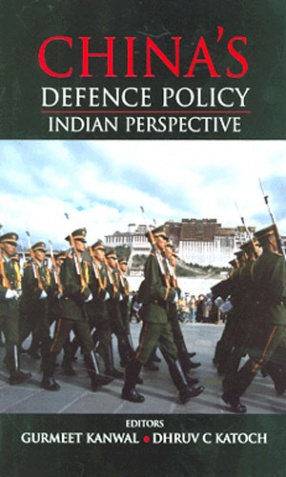
China’s rise on the world stage has been relentless and consistent over the past two decades. This rise is concurrent with the United States’ perceived decline as an economic power influence on the world stage. Today the story of China’s growth has become a subject of avid discussion and analysis not only among world leaders, academicians and members of the strategic community, but even bythe print and visual media and sections of the public at ...
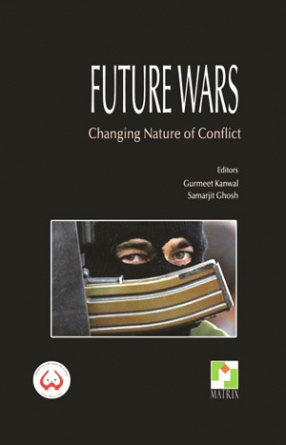

The Af-Pak region is perceived as the base of global and regional terrorism, with the presence of international terrorist groups such as the Al Qaeda, Taliban, Lashkar-e-Taiyyaba, Jaish-e-Mohammad and other UN proscribed non-state actors as Jamaat-ud Dawa. Hence, stability in the Af-Pak region is of vital interest to India. A stable Afghanistan also relates to India’s immediate foreign policy goals of a peaceful periphery, good relations with neighbours, ...

For over a decade, Pakistan has been waging a ‘proxy war’ against India in Jammu and Kashmir in keeping with its strategy of bleeding India through a thousand cuts. It recruits, trains, arms and equips mercenary terrorists and multinational fedayeen suicide squads and helps them to infiltrate across the LoC into Kashmir. In Afghanistan too, Pakistan has been engaged in a jehad through its virulently Islamist prot?g?, the Taliban. Post-September 11, the ...

Most armies tend to prepare for the last war. The battle-hardened Indian Army has also been raditionally conservative. From the Pakistani incursions into Kashmir in October 1947 to now, the nation's territorial integrity has often been threatened by inimical neighbours. Forever in battle, the Indian Army has fulfilled its role admirably, in a spirit of valour and sacrifice, fighting several wars as also helping stem insurgency within the country. However, the ...
